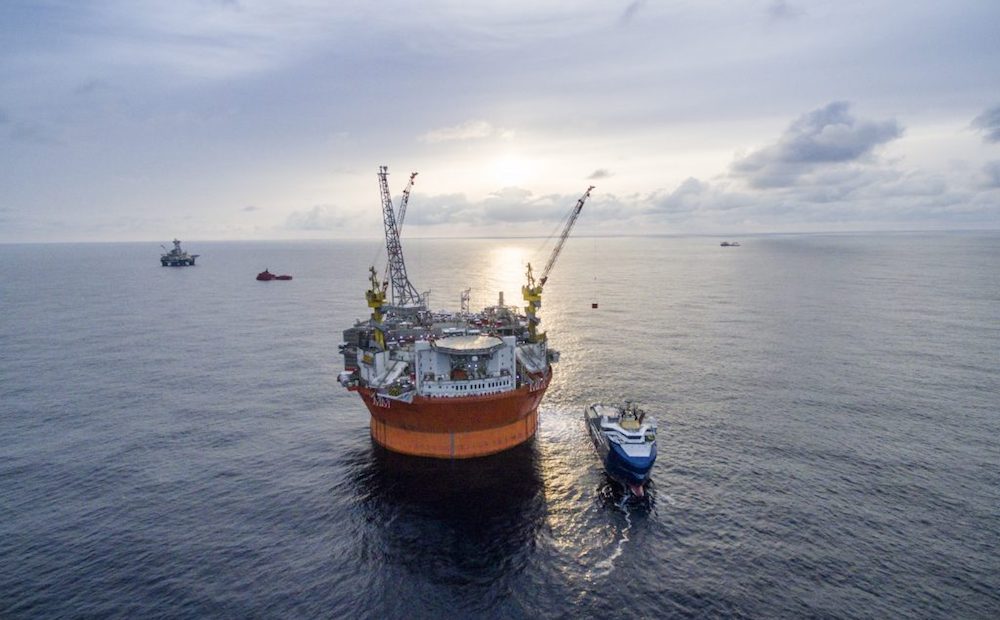Despite improvements, ‘relatively large’ safety issues still dog Goliat
Inspectors find worrisome combination of new and old safety issues at world’s northernmost drilling site.

Safety at the error-plagued Goliat oil platform in the Barents Sea is improving, but Norwegian safety authorities remain far from satisfied and have warned its owners that, without additional progress, it will impose sanctions that could include a forced shutdown.
The order to improve conditions on the drilling rig, the world’s northernmost active oil production site, was made public on Tuesday by PTIL, the Norwegian petroleum safety authority. It was based on the findings of a five-day administrative and on-site review of Goliat’s operations conducted as a follow-up to an October 2017 review that uncovered massive violations and led owner ENI being ordered to halt operations until they had been brought in order.
Goliat — which is the name of both the oil field and the specially designed floating drilling and storage rig that works there — has been in operation since December, after satisfactorily, if incompletely, addressing the PTIL’s concerns, which were primarily related to electrical and fire-safety equipment.
The most recent inspection noted continued progress addressing the problems. However, it also discovered new shortcomings, and noted that ENI had yet to come up with a “realistic” plan for fixing all of the problems that led to the shutdown.
[For Norway’s next big oilfield, size isn’t everything]
“Faults and deficiencies are still being uncovered, which, combined with the quantity of outstanding maintenance, presents challenges related to handling individual and overall risks on the facility,” the PTIL wrote in its report.
Goliat is operated by a company named Vår Energi, a joint venture in which ENI holds the controlling stake. It was one of several drilling operations on Norway’s continental shelf to be reprimanded this month. However, the PTIL has found fault with Goliat’s operations more times than any other drilling rig — eight in all since it came online in 2016 — and ENI itself has stopped operations several times after safety issues arose. One of these incidents, in March 2016, required the rig to be evacuated.
The combination of new and old problems identified in the most recent review, according to the PTIL, would make it difficult for Goliat’s crew to respond to an emergency.
“Goliat has big problems, and that is why continue to inspect them again and again,” Eileen Brundtland, a PTIL spokesperson, told Norwegian media.
In 2016, Goliat, positioned 85 kilometers off the coast of northern Norway, became the first oil rig to begin commercial operations in the Barents Sea.
[The future of Norway’s oil industry lies in the Barents Sea—but it’s far from certain]
That, though, was two years later than planned and 18 billion kroner ($2 billion) – or 36 percent – over the initial 32 billion kroner forecast. Despite its current daily production capacity of 100,000 barrels of oil and an expected operational life of 15 years, it remains uncertain whether it can turn a profit.
Norway produces about 2 percent of the world’s oil and 3 percent of its natural gas. Most of that comes from its North Sea fields, but as production there winds down, Oslo is counting that expanded operations in the Barents Sea will allow it to maintain output levels.